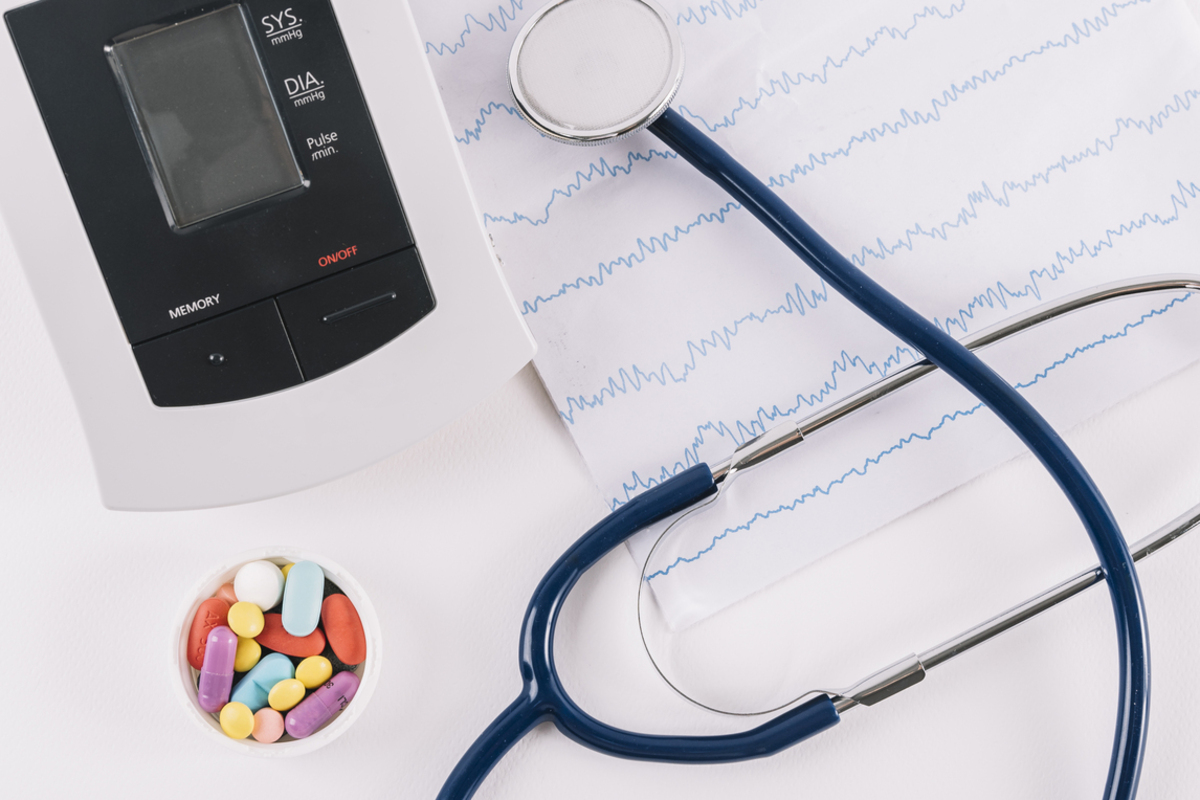A coronary artery bypass graft is a surgical intervention meant to redirect blood from a blocked coronary artery to facilitate blood flow to the heart. In short, coronary artery bypass surgery involves taking one of the blood vessels from your limbs or chest and linking it beyond the blocked section of the coronary artery.

Who should have coronary artery bypass graft surgery?
This type of medical intervention is one of the primary options for people who have a blocked coronary artery, and for whom medication and lifestyle changes have failed to lead to any improvements. Doctors will recommend coronary artery bypass surgery to people who:
- Have more than a single blocked coronary artery and could exploit the potential of this intervention to the maximum.
- Have had a heart attack or several, and no other treatment has proven efficient in preventing it from happening again.
- Are experiencing severe chest pain (angina), because the blood supply to your heart is interrupted, which also causes shortness of breath even when you’re resting.
- Have a blockage of the the main coronary artery that supplies the left ventricle with blood.
- Have previously had an angioplasty (a medical procedure in which a catheter is inserted all the way into the blocked artery after which an inflatable balloon is used to widen the vessel for blood to pass through) and it was not successful, or in cases where this procedure isn’t recommended.
- Have previously had a stent placement (a permanent device placed into the coronary artery to keep the walls of the vessel further apart for the blood to pass through) and the procedure was not successful.
Risks of coronary artery bypass graft surgery
Also, the risks of having any of the aforementioned problems are higher if you already have other medical conditions that could interfere with the success of the intervention, such as diabetes or kidney disease.
What to expect from coronary artery bypass graft surgery
There are cases where this surgery is performed in an emergency situation. Otherwise, you can expect to be hospitalized in the morning of the procedure.
The surgery itself can take anywhere between three to six hours, and you will be under general anesthesia the whole time. For that, you will have a breathing tube in your mouth, which is connected to a ventilator so that you can safely breathe until you wake up.
Depending on the exact location of the blockage, you could require one or more bypasses. In general, this type of surgery requires a long incision in the chest. During this time, you will be connected to a heart-lung machine, which helps pump blood and oxygen to your body (the exact name of this type of procedure is “on-pump coronary bypass surgery”).
After making the incision, the doctor will spread open the rib cage, in order to expose the heart. Your heart will be briefly stopped using special medication, and the heart-lung machine steps in to do the breathing for you. Then, by taking another vessel from your chest or one of your limbs, the surgeon will redirect the blood away from the narrow part of the artery by attaching the ends of the healthy vessel above and below the blocked section of your artery.
Once the surgery is completed, your heartbeat will be restored. Using wire, the doctor will close your chest done, and you will be disconnected from the heart-lung machine. The wire will only be removed from your chest when the bone is healed.
Recovery and results of coronary artery bypass graft surgery
The rehabilitation process begins while you are still hospitalized. There are programs specially designed for education and exercise for people who have had this type of surgery, and you will remain monitored the entire time. Eventually, you will be required to follow a home-based program but will be kept under observation until you are able to do so safely. If there aren’t any complications after the surgery, you will be sent home after a week.
At first, you will find it hard to return to your daily activities, but this shouldn’t be a problem in time. You should talk to your doctor if you notice that the chest cut becomes infected, if you have rapid heartbeats, or if you are experiencing chest pain.
Overall, the recovery period for this type of surgery takes between six and 12 weeks, but you should be able to resume your normal daily routine after about six weeks. However, you should consult with your doctor when you feel ready to get back to work so that they can evaluate your current recovery evolution and give you the OK.
Conclusion
You will be required to take the medication in order for the wound to heal, but also to make sure that your blood pressure is kept under control, and to prevent any further blood clot formation. You will also be required to adopt a healthy lifestyle, which implies quitting smoking, eating properly, keeping your weight under control, and avoiding stress as much as possible.
- Photo courtesy of SteadyHealth


Your thoughts on this